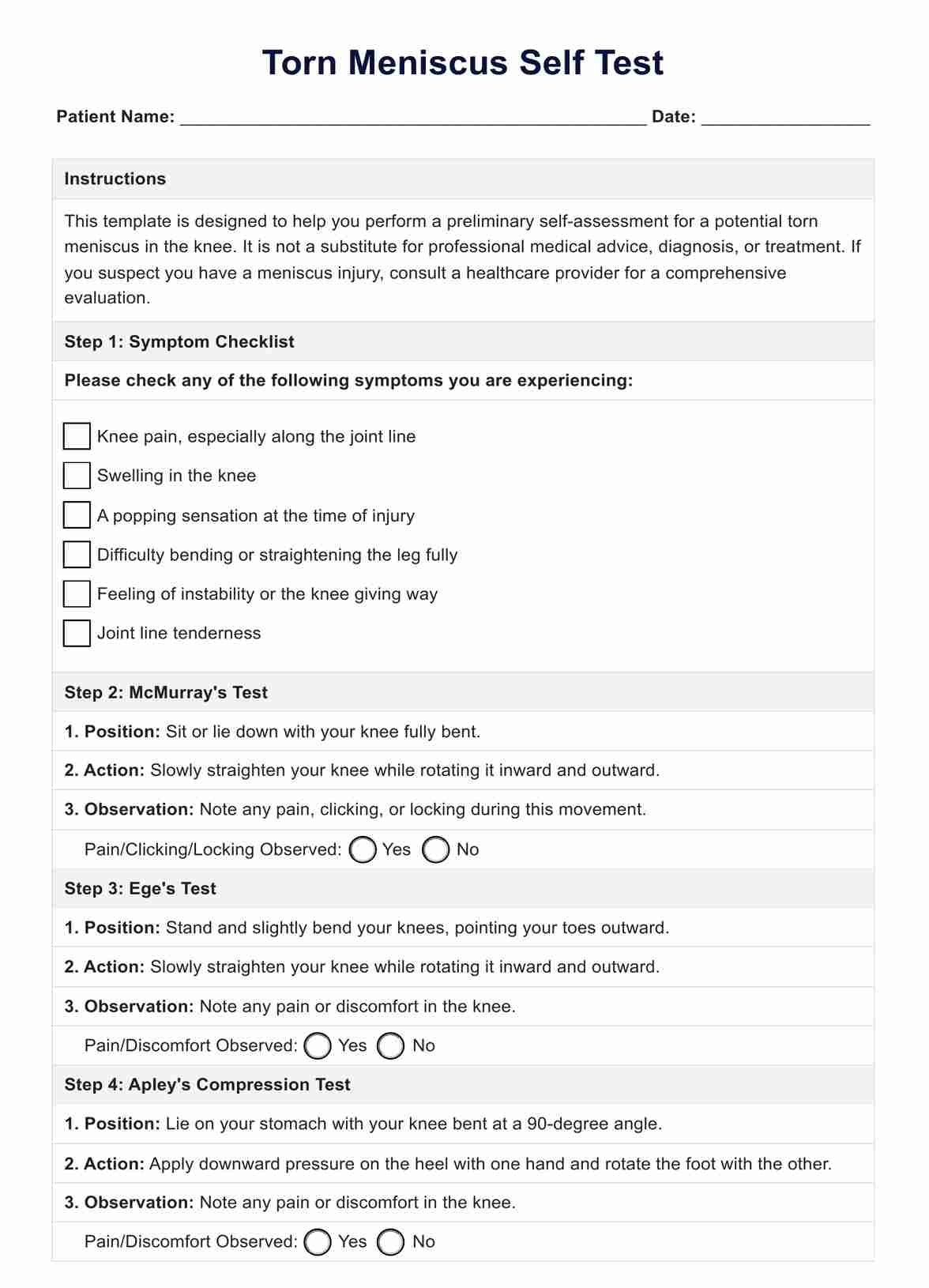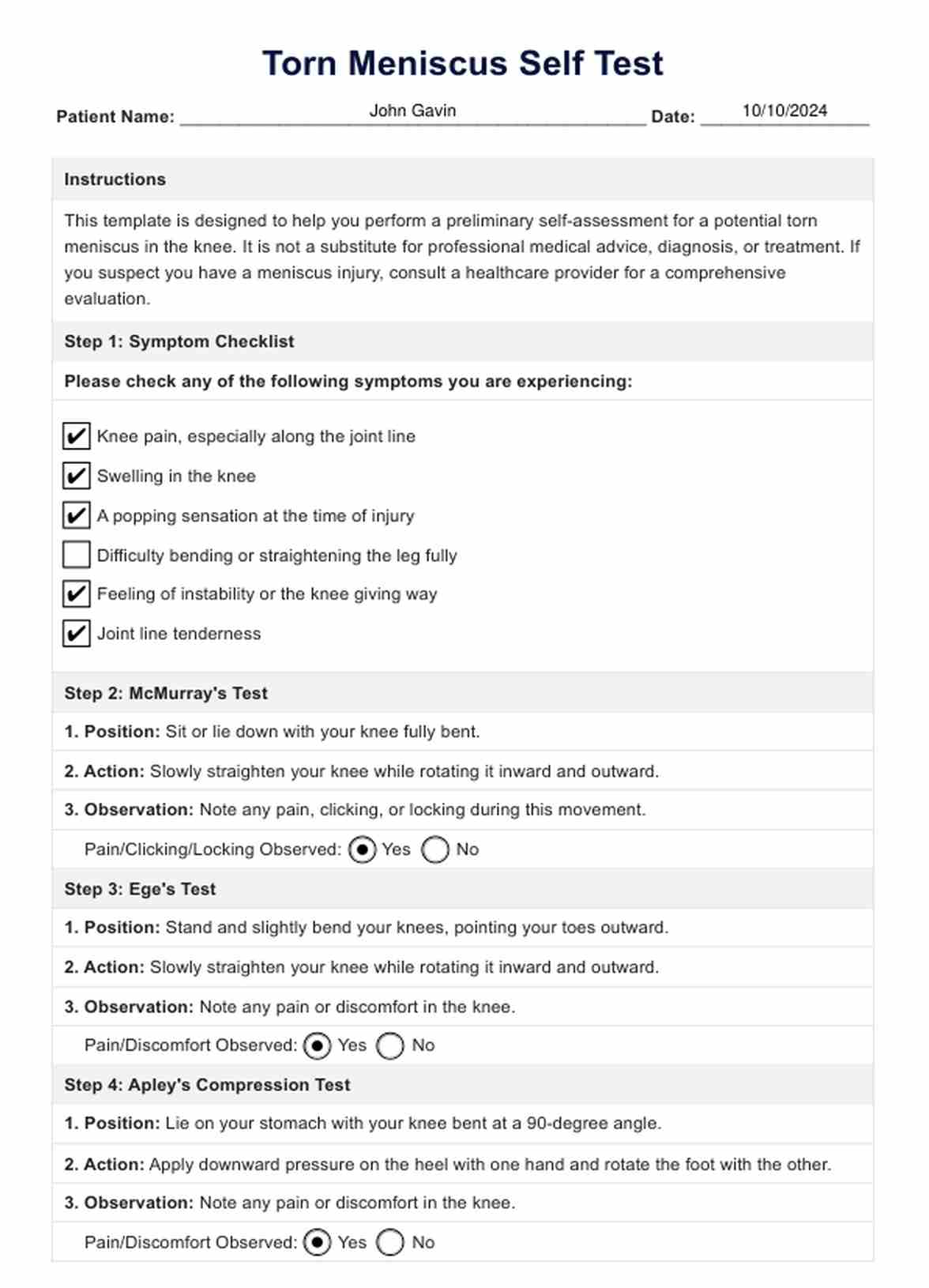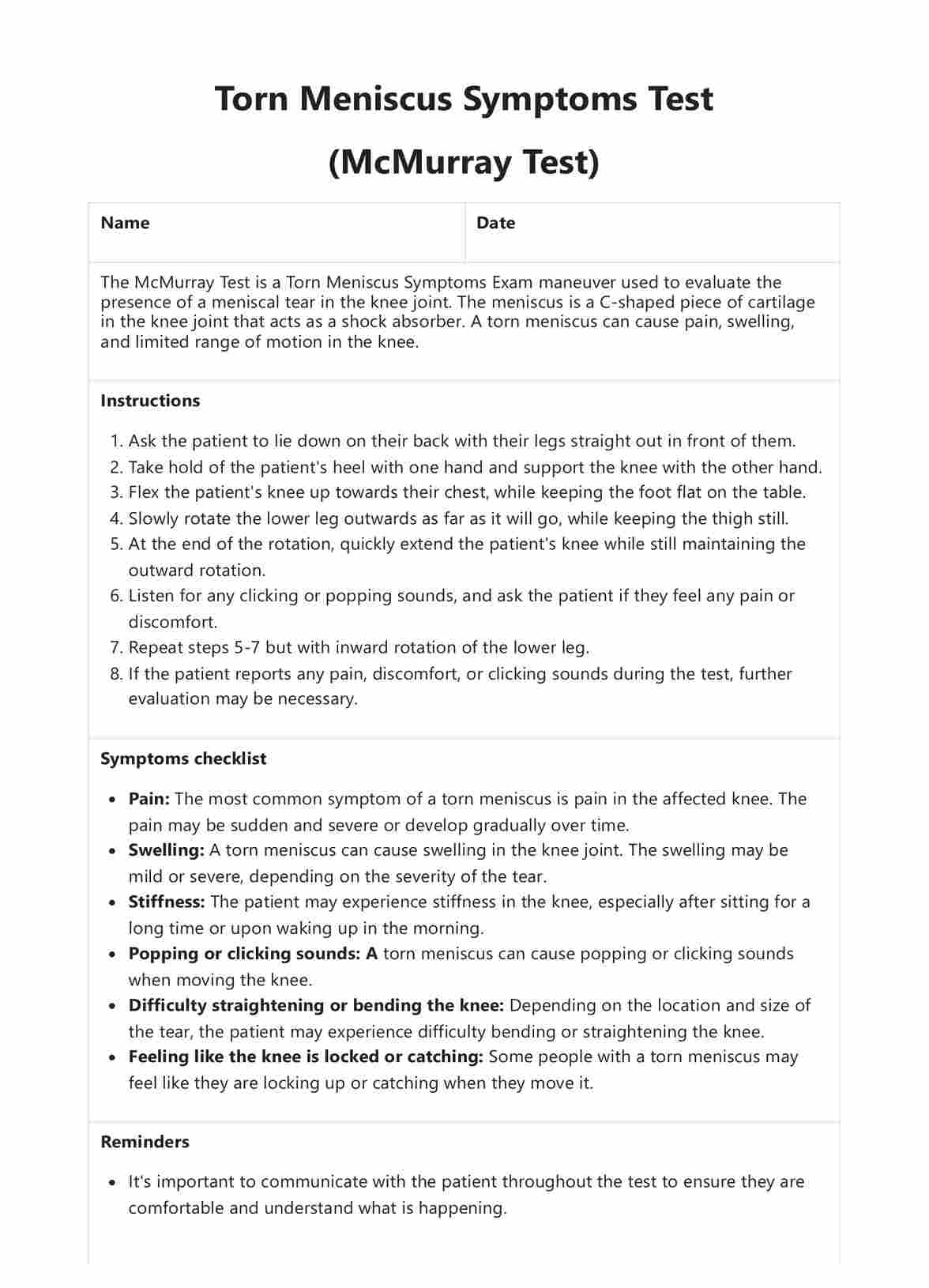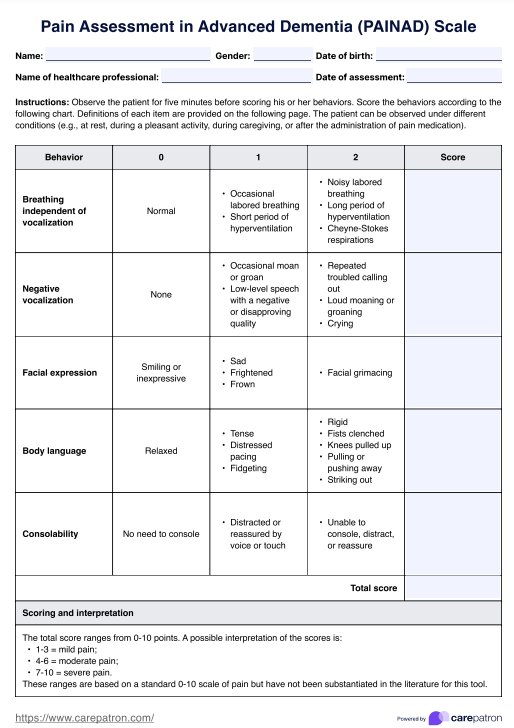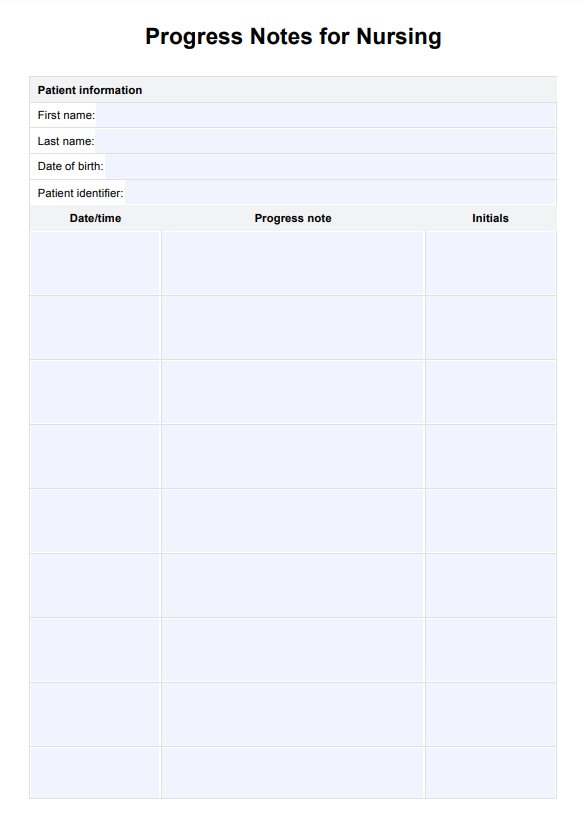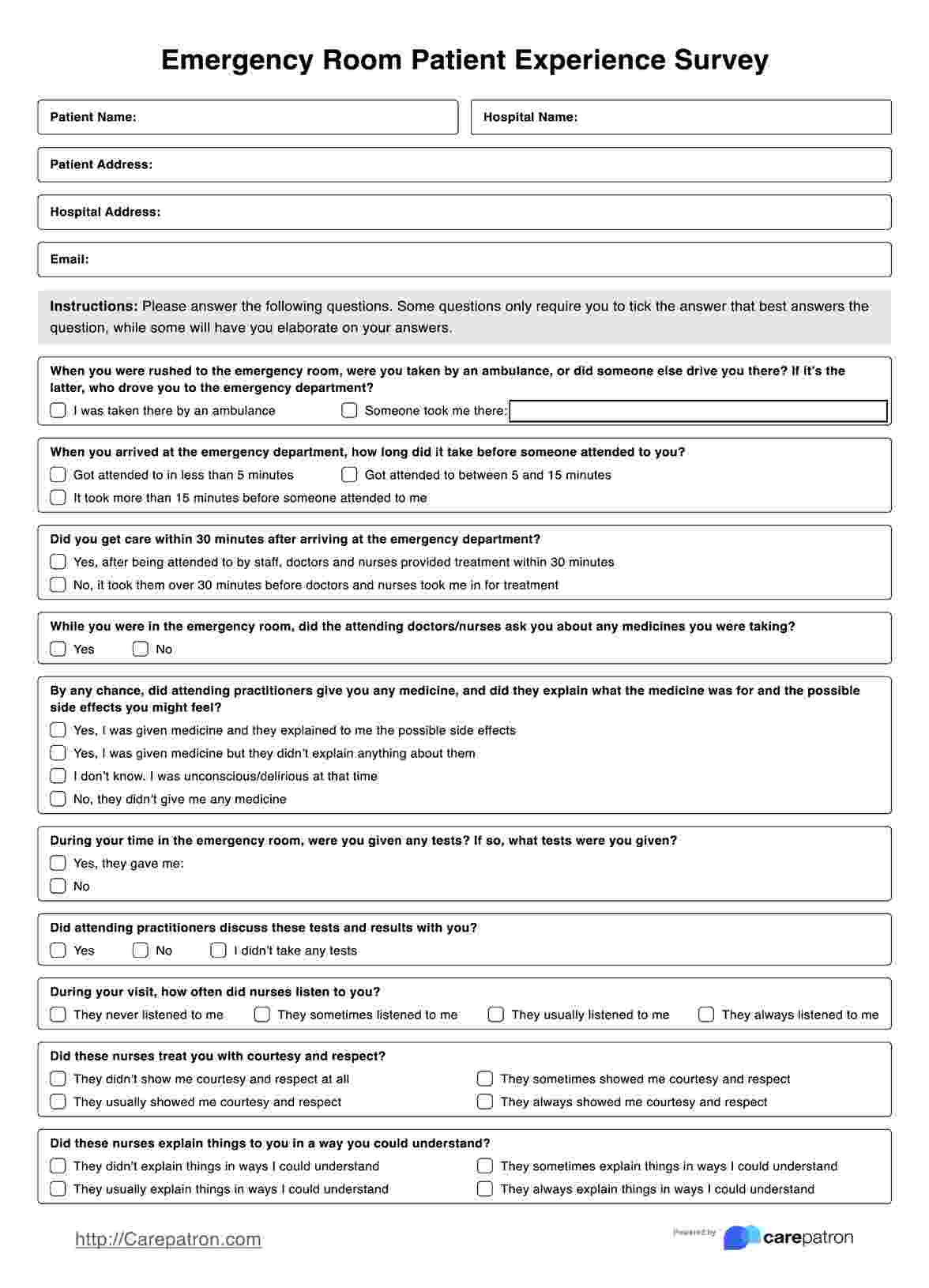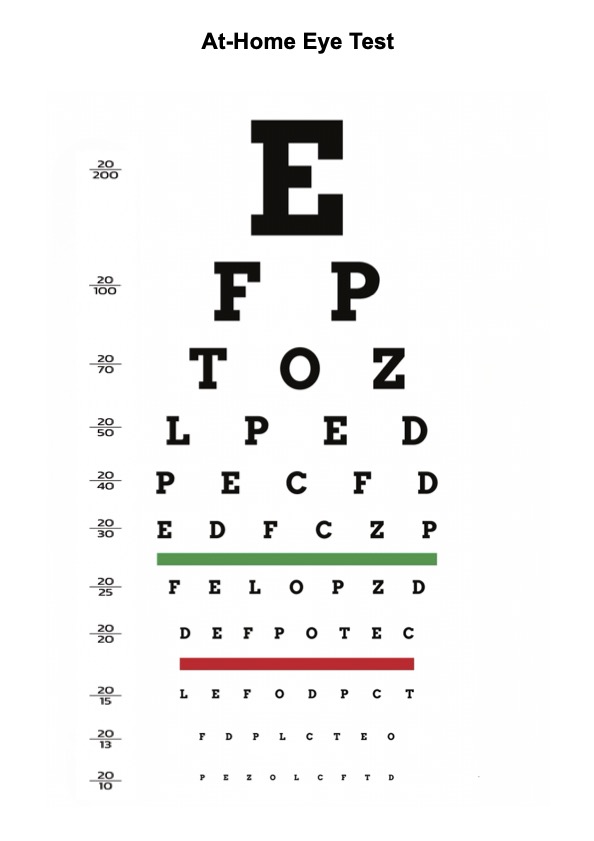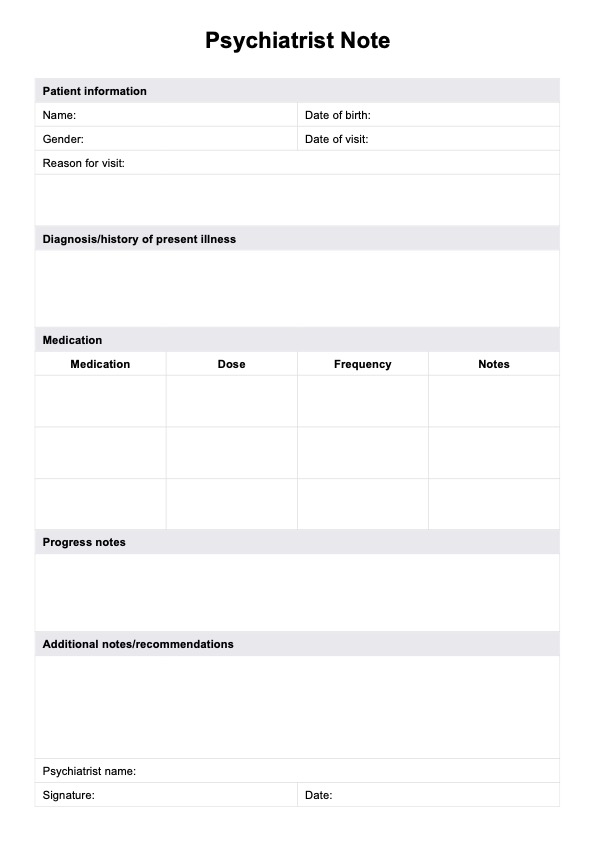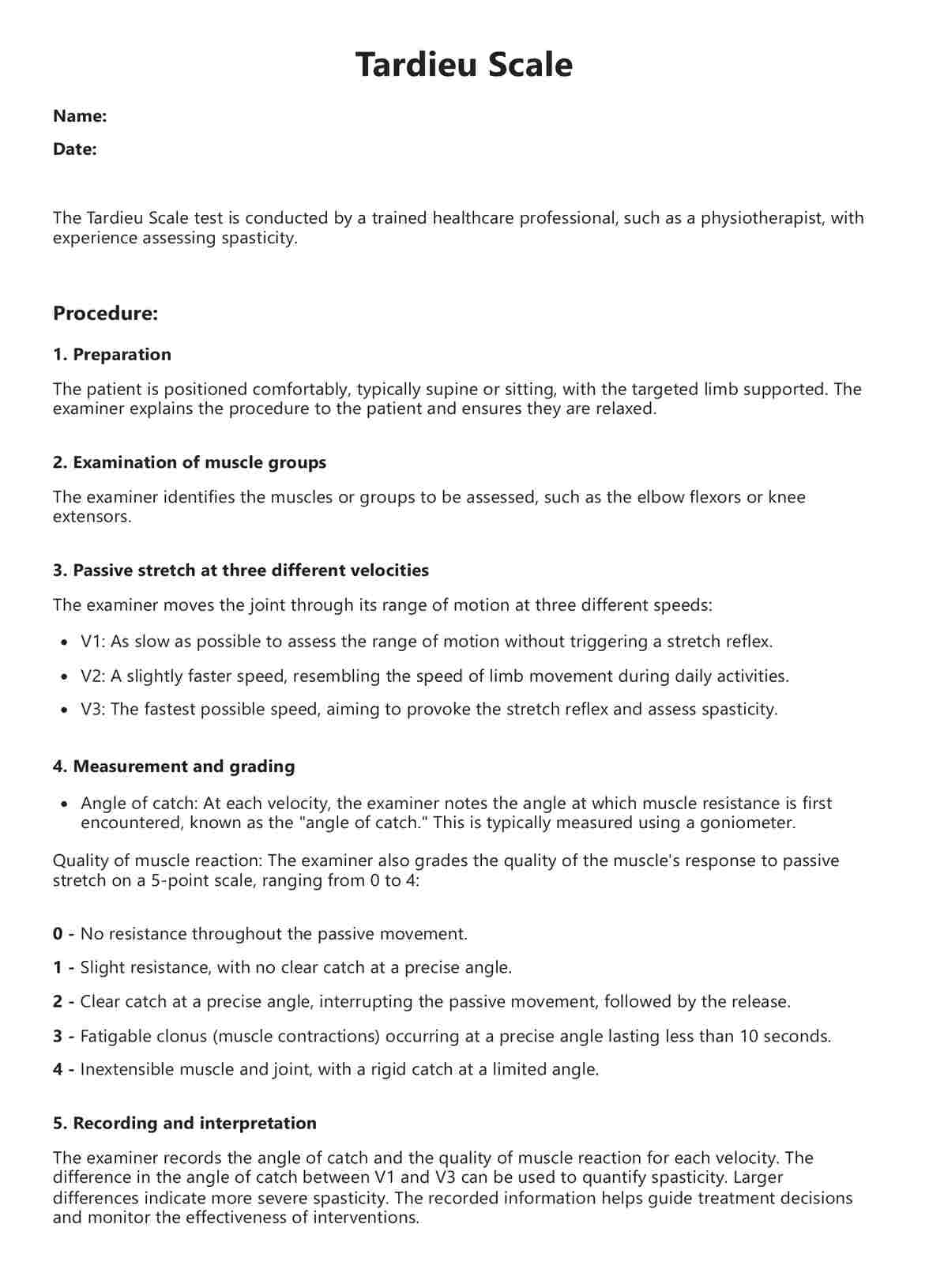Torn Meniscus Self Test
Discover how to identify a torn meniscus with our self-test guide. Learn about meniscus function and symptoms, and download our free self-test template today.


What is the meniscus?
The meniscus is a piece of cartilage in your knee that cushions and stabilizes the joint, supporting the bones to move freely without friction. Each knee has two menisci: the medial meniscus on the inside and the lateral meniscus on the outside.
The meniscus acts as a shock absorber between the two bones of the knee joint—the femur (thigh bone) and the tibia (shin bone). It helps distribute weight evenly across the knee, aiding in strength and stability during knee motion and weight-bearing activities.
What can cause a meniscus tear?
Meniscus tears can occur from any activity that causes direct contact or pressure on the knee joint, leading to knee pain. This can range from athletic movements involving knee flexion and rotation to simpler actions like squatting or kneeling. Age-related degenerative arthritis can also lead to meniscus injuries as the cartilage wears down over time.
Torn meniscus symptoms
A torn meniscus manifests through a range of symptoms that can vary in intensity depending on the severity of the tear. Recognizing these signs is key to understanding the condition and seeking timely medical advice. Key symptoms include:
- Knee pain: Often, the initial indicator is that the pain is localized around the knee joint, especially along the joint line where the meniscus is located. The intensity can vary from mild to severe.
- Swelling: The knee may exhibit swelling shortly after the injury, contributing to a feeling of stiffness and reduced mobility.
- Popping sensation: A distinct sensation may be felt when an injury occurs, indicating a potential tear.
- Difficulty in movement: There may be a noticeable challenge in bending or straightening the leg fully, affecting walking and daily activities.
- Joint line tenderness: Pressing along the sides of the knee can elicit tenderness, pinpointing the location of the injury.
- Instability or weight-bearing issues: In more severe cases, the knee might feel unstable as if it's going to "give out," or there may be difficulty in bearing weight on the affected leg, impacting the ability to stand or walk comfortably.
Understanding these symptoms is crucial for individuals who suspect a meniscus tear, as they guide the decision to perform self-tests and seek professional evaluation for an accurate diagnosis and appropriate treatment plan.
Torn Meniscus Self Test Template
Torn Meniscus Self Test Example
What is the Torn Meniscus Self Test?
The Torn Meniscus Self Test helps identify a potential meniscus injury by checking for pain or discomfort in certain knee positions. Common self-tests include McMurray's Test, where you rotate the knee while extending and flexing it, and Ege's Test, involving knee rotation at various angles.
A positive test, indicating a potential meniscus tear, usually presents as pain, clicking, or discomfort in the knee joint during the test motions. If such symptoms occur, it's advised to seek medical advice from a doctor or an orthopedic surgeon for a comprehensive examination and confirmation.
How does our Torn Meniscus Self Test template work?
Our printable Torn Meniscus Self Test provides step-by-step instructions for performing self-tests at home:
Step 1: Download the template
Our Torn Meniscus Self-Test template is available for free. This template is your starting point for assessing potential meniscus injuries at home.
Step 2: Prepare your space
Ensure you have a clear, comfortable space to perform the tests for a meniscus. You’ll need enough room to sit, stand, and move your legs without restriction.
Step 3: Review the instructions
Before starting, carefully read the template’s instructions. Familiarize yourself with the tests’ procedures and what you need to observe during each step.
Step 4: Conduct the tests
Follow the template’s step-by-step guide to perform each test. This may include McMurray's Test, Ege's Test, and Apley's Compression Test.
Step 5: Record your observations
Use the template to jot down your feelings during each test. Include any pain, clicking sounds, or discomfort experienced in specific positions.
Step 6: Interpret the results
The template will guide you in interpreting your observations. A positive test may indicate a potential meniscus tear if you experience specific symptoms outlined in the guide.
Step 7: Consult a professional
If your self-test results suggest a potential meniscus injury, the final step is to consult an orthopedic surgeon or a medical professional for a comprehensive evaluation and confirmation.
Our Torn Meniscus Self-Test template is designed to help you preliminarily assess your knee's condition from the comfort of your home, guiding you toward the appropriate medical consultation if necessary.
Benefits of the Torn Meniscus Test
Our free Torn Meniscus Self Test is a preliminary tool with many benefits:
Early detection
The Torn Meniscus Self Test serves as an essential preliminary tool, enabling individuals experiencing knee pain to identify potential signs of a meniscus injury early. Early detection is crucial in preventing further damage and facilitating timely medical intervention.
Guided decision-making
By understanding the specific symptoms and outcomes of the self-test, individuals are better equipped to make informed decisions about seeking further professional diagnosis and treatment. This clarity can alleviate uncertainty and prompt a more proactive approach to health care.
Accessibility and convenience
Performing the Torn Meniscus Self Test at home offers unmatched accessibility and convenience. It allows individuals to assess their knee pain without the immediate need for a medical appointment, providing initial insights into the nature of their symptoms.
Facilitating professional consultation
The results from the self-test can serve as a valuable point of discussion during medical consultations. Providing detailed observations can aid healthcare professionals in understanding the issue more comprehensively, leading to more targeted diagnostic tests and treatment plans.
Commonly asked questions
Small tears may heal independently with rest and conservative treatment, while larger or more complex tears might require surgery.
Recovery times vary depending on the tear's severity and treatment method, ranging from a few weeks to heal minor tears to several months for surgical recovery.
While accidents can't always be prevented, maintaining strong, flexible knee muscles and practicing good sports techniques can reduce the risk of knee injuries.

.jpg)
